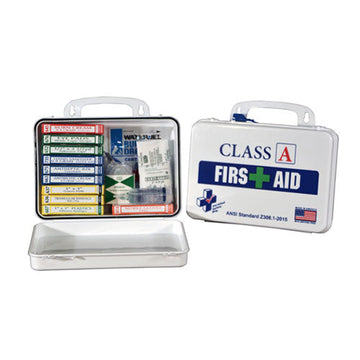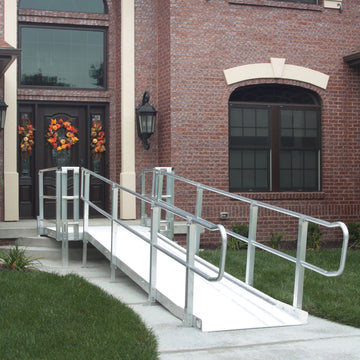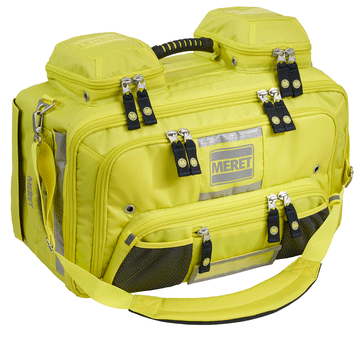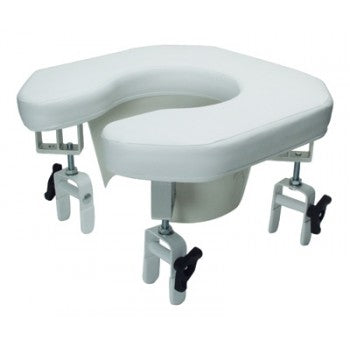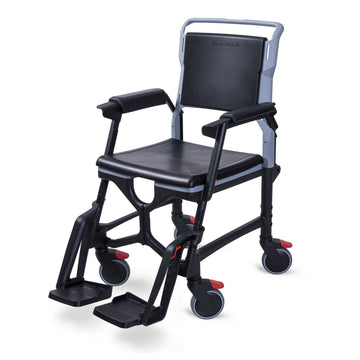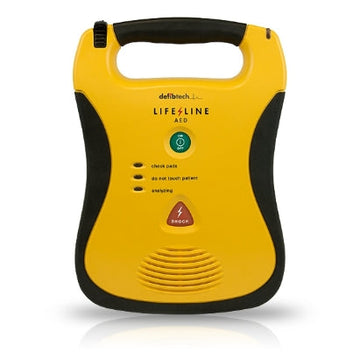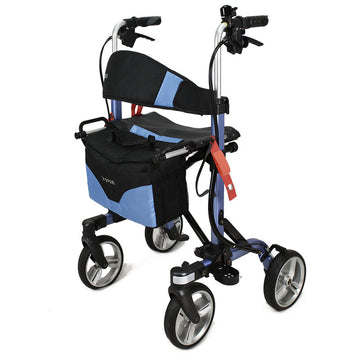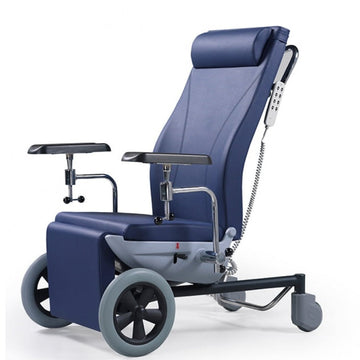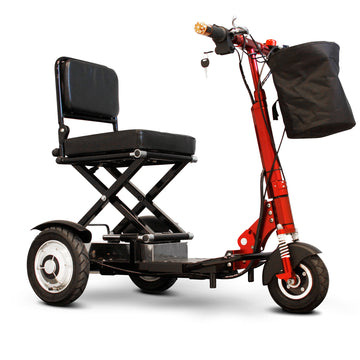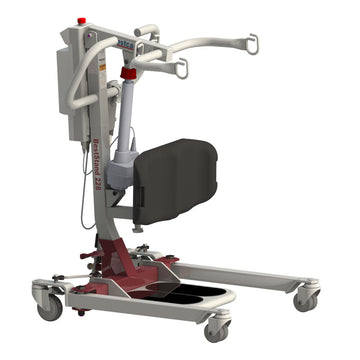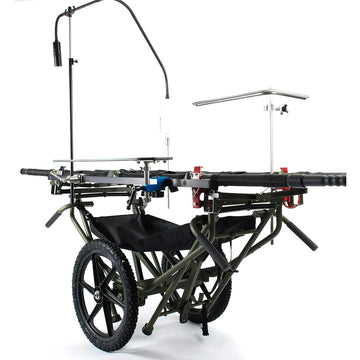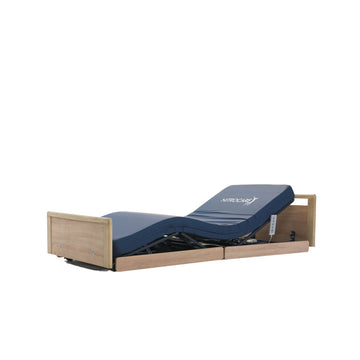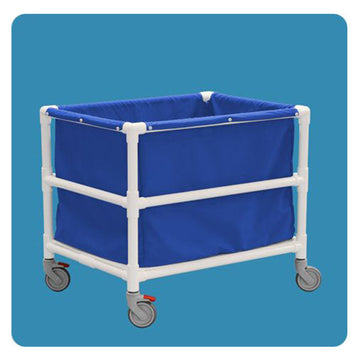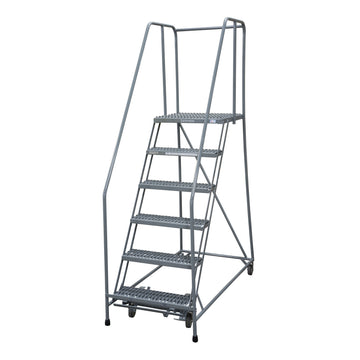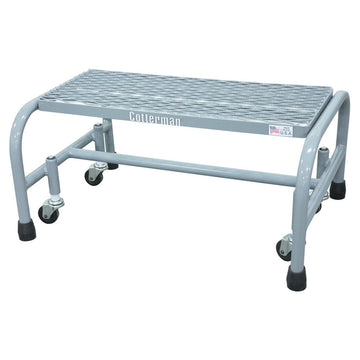When it comes to making spaces accessible to everyone, ramps play a crucial role in ensuring a barrier-free environment. Whether it's for individuals with mobility challenges, seniors, or those using wheeled devices, selecting the right accessibility ramp is essential to provide safety and ease of use. In this article, we'll explore the key factors to consider when choosing ramps for easy accessibility.

Understanding the Importance of Accessibility Ramps
Accessibility ramps are not just convenient additions; they are essential for fostering inclusivity and ensuring that people with disabilities can navigate public spaces, businesses, and even their homes with independence and dignity. By providing a smooth transition between different elevations, ramps enable individuals using wheelchairs, mobility scooters, walkers, or strollers to move freely, making spaces accessible to all.
Assessing the Type of Ramp Needed
Before choosing a ramp, it's vital to assess the specific needs and requirements of the space. Different environments call for different types of ramps. Some common types include:
Different Types of Ramps
Modular Ramps - These versatile ramps are suitable for both temporary and permanent installations. They can be customized to fit various settings and can be adjusted as the need arises.
Threshold Ramps - Designed to bridge small elevation differences like door thresholds or curbs, these ramps are ideal for creating smooth transitions in homes and public buildings.
Folding Ramps - Lightweight and portable, folding ramps are easy to transport and store, making them an excellent choice for users on the go.
Solid Ramps - Built from durable materials such as aluminum or rubber, solid ramps are perfect for long-term use in places where accessibility is a permanent requirement.
Compliance with Accessibility Guidelines
To ensure the appropriate safety features, it is essential to adhere to the guidelines set forth by the Americans with Disabilities Act (ADA). According to the ADA, the recommended ramp pitch should be 1:12, meaning for every 1 inch of rise or step height, there should be a minimum of 1 foot length of ramp. Here at Rescue Supply, we strictly follow the ADA ramp guidelines in the construction of our ramps to ensure the utmost safety and accessibility for our valued customers.
Considering the Length and Slope
The length and slope of a ramp are essential factors to consider ensuring safety and ease of use. Longer ramps with gradual slopes are generally more accessible and manageable for wheelchair users. Steeper ramps may pose challenges for some users, particularly those with reduced upper body strength.
Safety Features
Safety should be a top priority when selecting an accessibility ramp. Look for features such as anti-slip surfaces, raised edges, and sturdy handrails to prevent accidents and provide added stability for users.
Portability and Storage
For ramps that require occasional use or need to be moved between locations, portability and ease of storage become critical factors. Portable ramps should be lightweight, easy to fold or disassemble, and come with carrying handles for convenient transportation.
Professional Installation and Maintenance
Installing an accessibility ramp is a task that requires precision and expertise. It is essential to hire professionals who can ensure the ramp is correctly installed and meets all safety standards. Regular maintenance checks should also be scheduled to keep the ramp in optimal condition.
At Rescue Supply, we take pride in offering a wide selection of top-quality, slip-resistant access ramps. Whether you prefer to use our convenient online comparison tool or speak directly with one of our knowledgeable experts, feel free to reach out to us on 800-239-1797 today.


